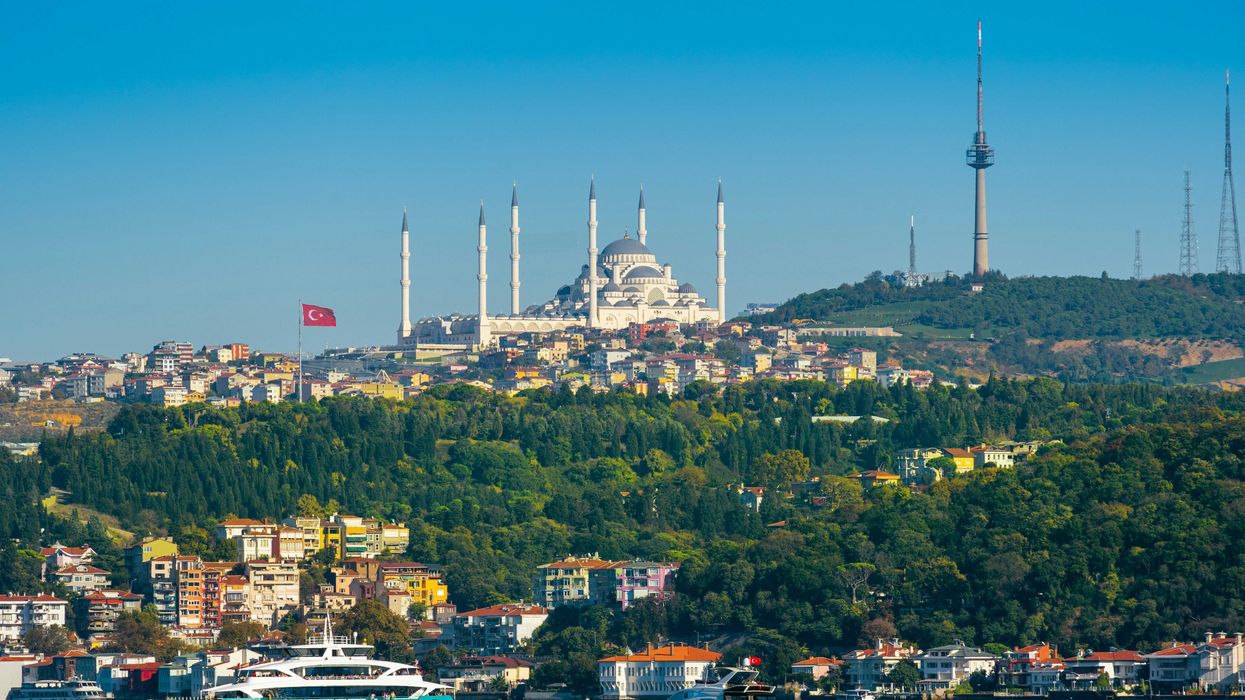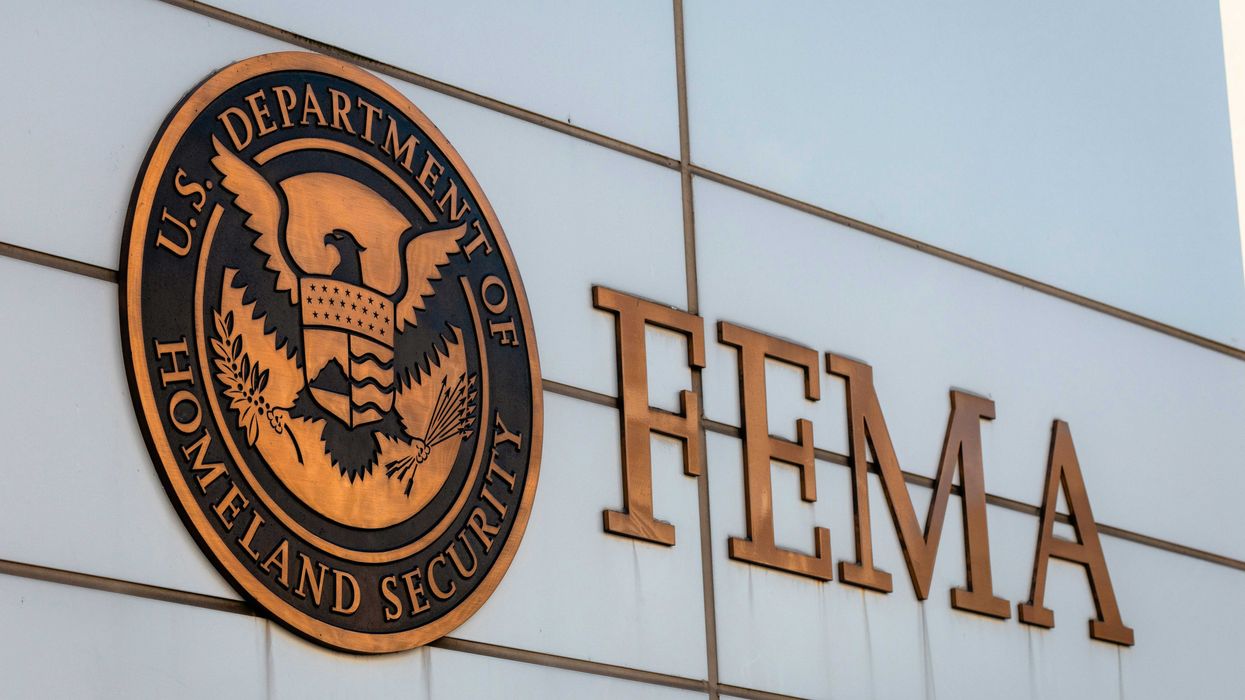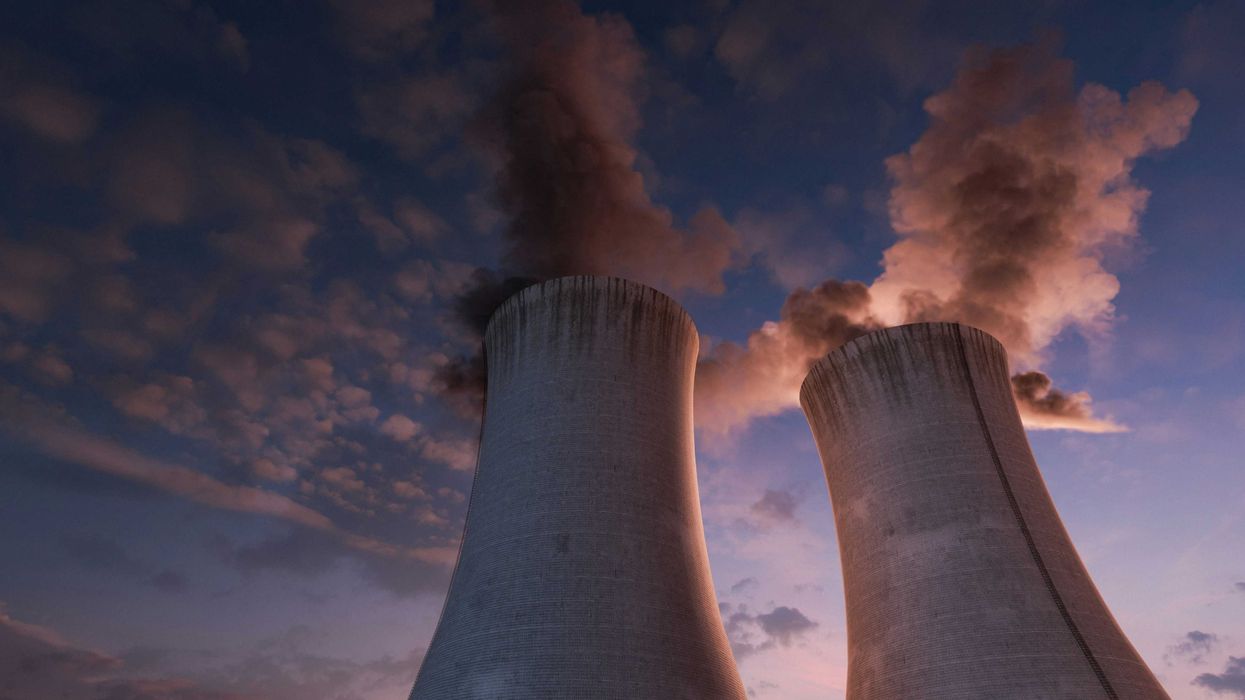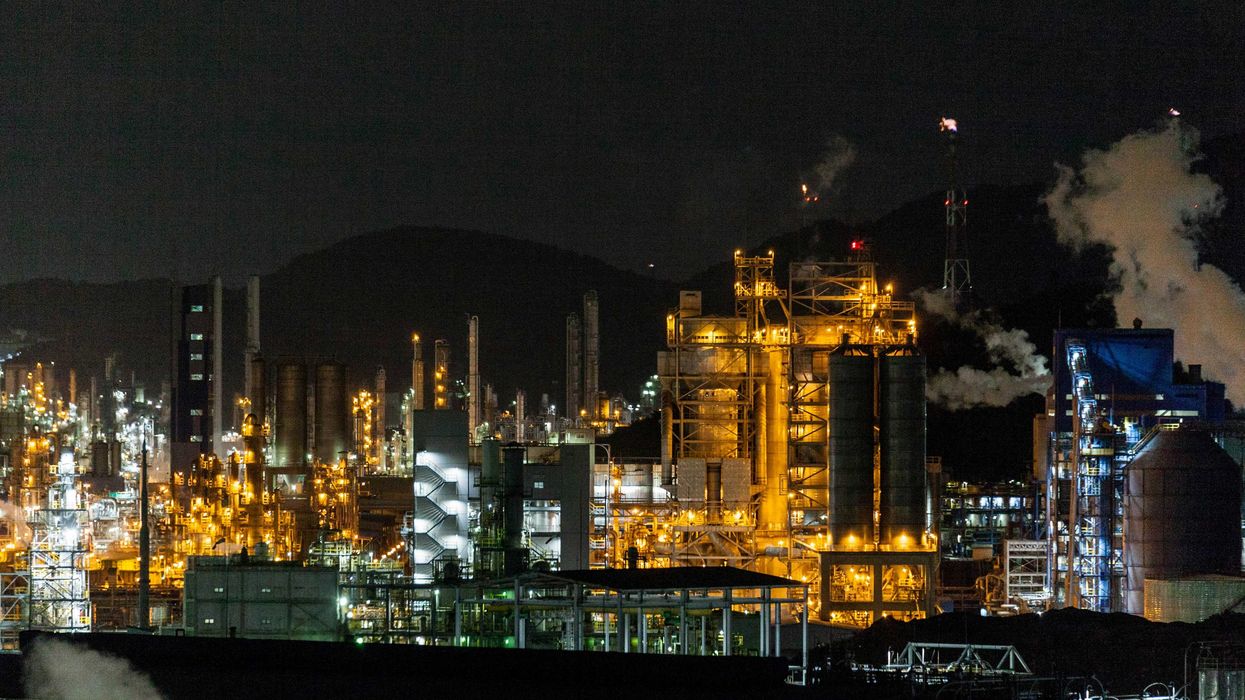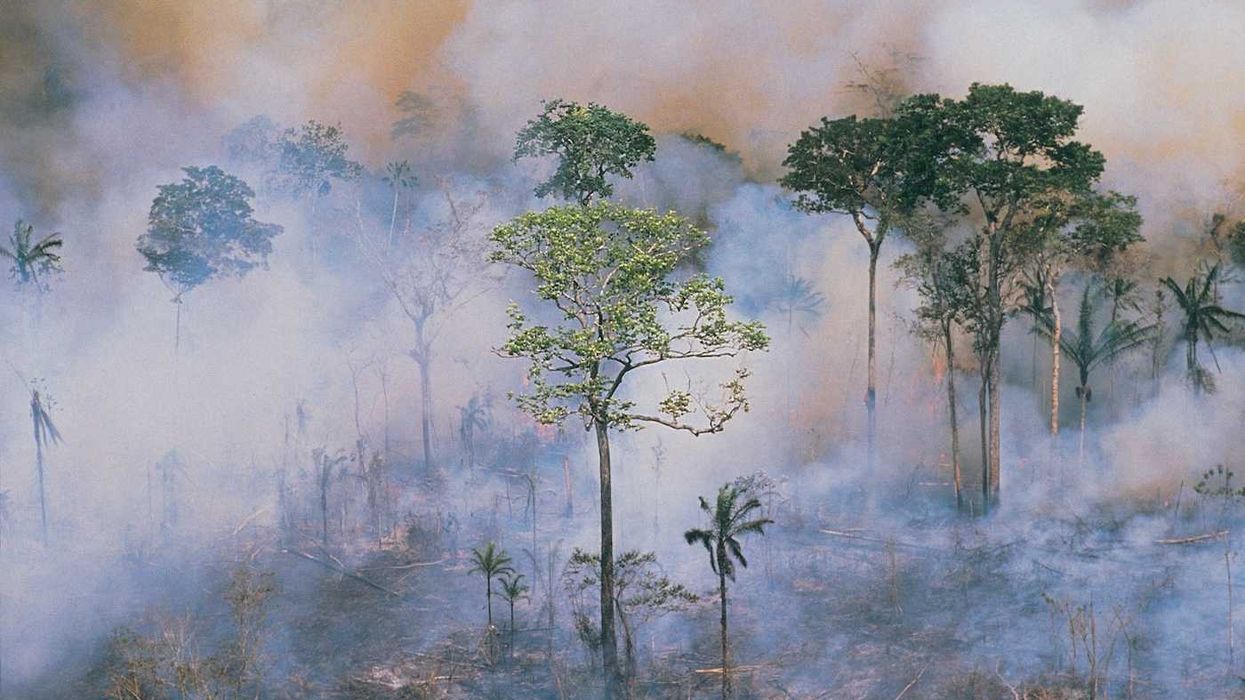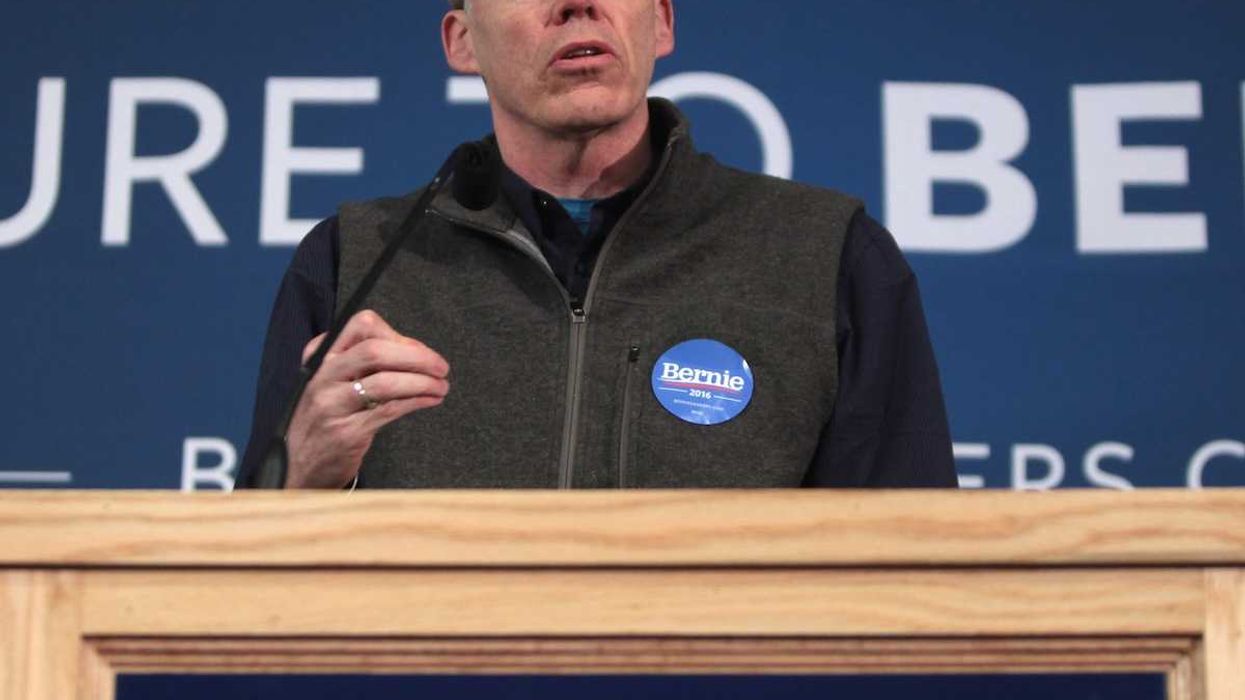In response to devastating wildfires, Indigenous tribes in California have resumed cultural burns to protect ancient sequoia trees.
Jim Robbins reports for The New York Times.
In short:
- Tribes including the Tule River, North Fork Mono, and Tübatulabal are conducting controlled burns to prevent wildfires and protect sequoia forests.
- These cultural burns were banned in the 19th century but were reintroduced in 2022 after extreme wildfires highlighted their necessity.
- Cultural burns help manage forest undergrowth, preserve sequoias, and maintain Indigenous cultural practices.
Key quote:
"I want to tell the spirit on the other side of the sun to give us power for this burn. Give us a good burn."
— Robert Gomez, chairman of the Tübatulabal Tribe
Why this matters:
Restoring traditional burning practices aids in wildfire prevention and helps maintain the health and cultural heritage of sequoia forests. As climate change intensifies, these practices are could be valuable for forest resilience and community survival.


